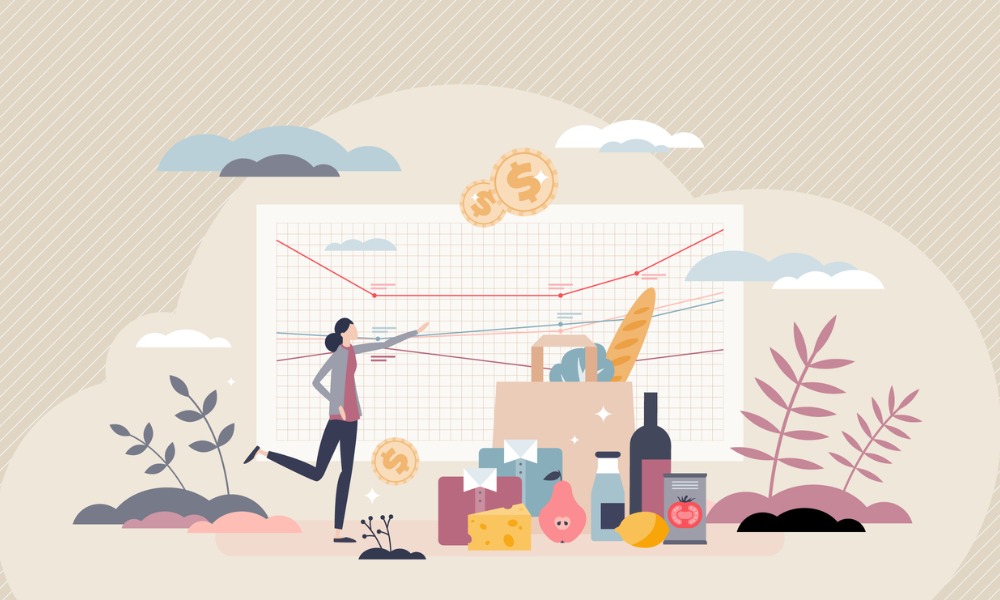How will the news impact the Bank of Canada's outlook?

Inflation in the United States eased in July, marking a significant slowdown to 2.9% over the past year, the lowest annual rate since March 2021. This deceleration in the consumer price index (CPI) has aligned with expectations and has suggested a potential shift in the Federal Reserve’s monetary policy, according to CNBC.
The Bureau of Labor Statistics reported a 0.2% increase in the CPI for July. Excluding volatile categories, such as food and energy, the core CPI also rose by 0.2% for the month, bringing the annual core rate to 3.2%. Both figures were consistent with economists’ forecasts.
Shelter costs were the primary driver behind the overall inflation increase, contributing 90% of the rise with a 0.4% monthly gain. Food prices climbed modestly by 0.2%, while energy costs remained stable. The most notable changes within the food category included a 5.5% rise in egg prices, despite overall food inflation being relatively muted.
The easing inflation rate reflects a broader trend of gradually falling price pressures, as evidenced by the producer price index, which rose just 0.1% in July and 2.2% year-over-year. This trend could influence the Federal Reserve’s approach to interest rate adjustments, CNBC noted.
Mixed market reactions
Market reactions to the CPI report were mixed. Stock futures turned slightly negative, and Treasury yields rose, indicating that investors are adjusting expectations in response to the inflation data. The report has intensified discussions about potential interest rate cuts, with futures markets now suggesting a higher likelihood of a quarter-point reduction in the Fed’s upcoming meeting on September 17-18.
“Today’s CPI print removes any lingering inflation obstacles that may have been preventing the Fed from starting the rate cutting cycle in September,” said Seema Shah, chief global strategist at Principal Asset Management. “Yet, the number also suggests limited urgency for a 50-basis-point cut.”
Despite the overall inflation slowing, some areas remain stubbornly high. Automotive prices, for instance, continued their downward trend, with new vehicle prices falling 0.2% and used cars and trucks dropping 2.3% month-over-month. However, auto insurance costs surged 1.2% and have risen 18.6% over the past year. Additionally, rent prices, a major component of the shelter index, increased by 0.4% in July, up 5.3% from a year earlier.
Conversely, prices for medical care services, apparel, and core commodities showed declines, suggesting some areas of the economy are experiencing deflationary pressures.
The July CPI report further supported the likelihood of continued interest rate cuts by the Federal Reserve, potentially setting the stage for similar actions by other central banks, including the Bank of Canada.
Penelope Graham, a mortgage expert at Ratehub.ca, noted, “The latest CPI numbers came right in on consensus, with the headline number falling to 2.9%. This marks further progress in the US Federal Reserve’s fight against inflation and ensures a quarter-point rate cut come September.”
Do you have something to say about this story? Leave a comment below.



